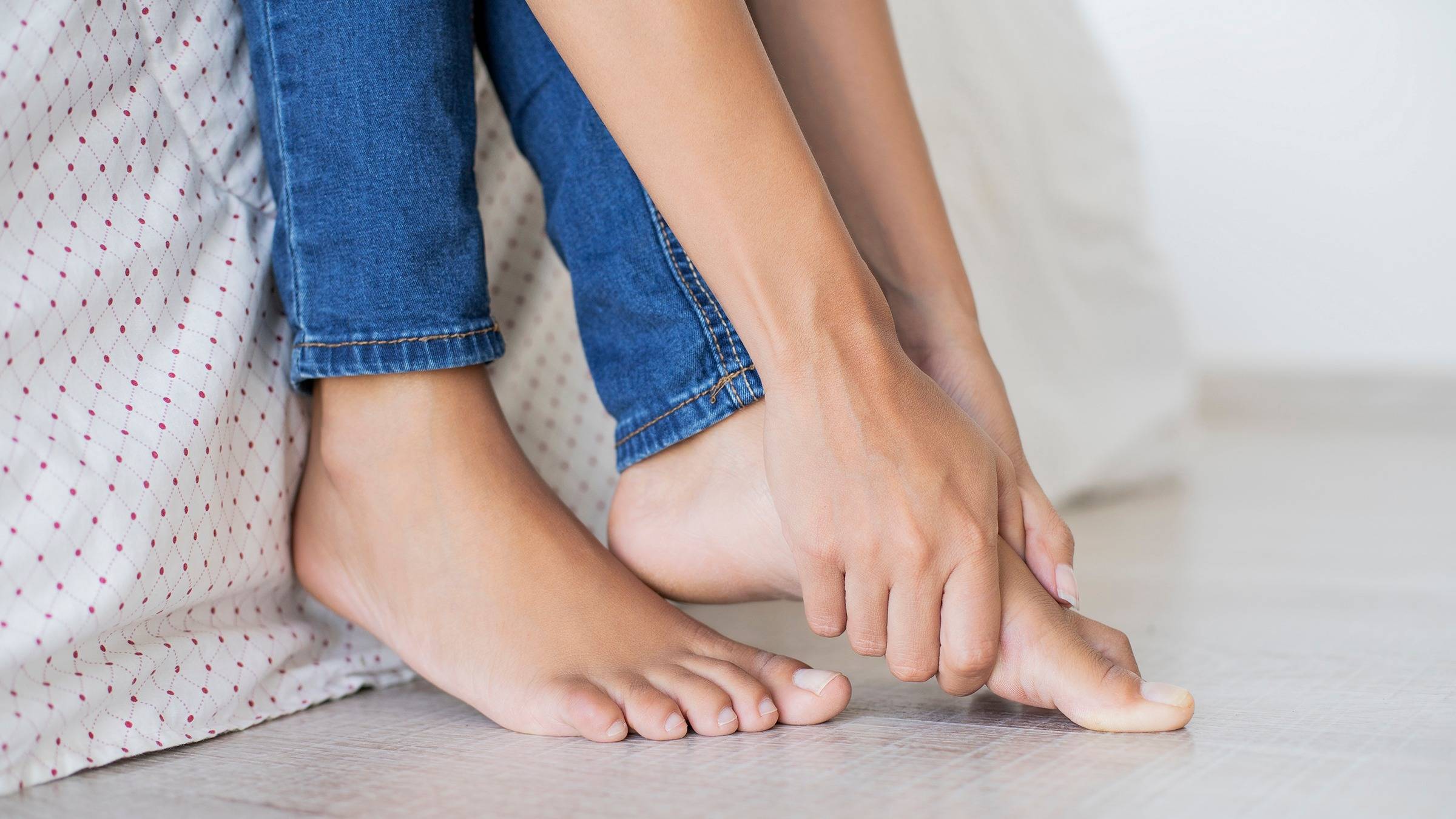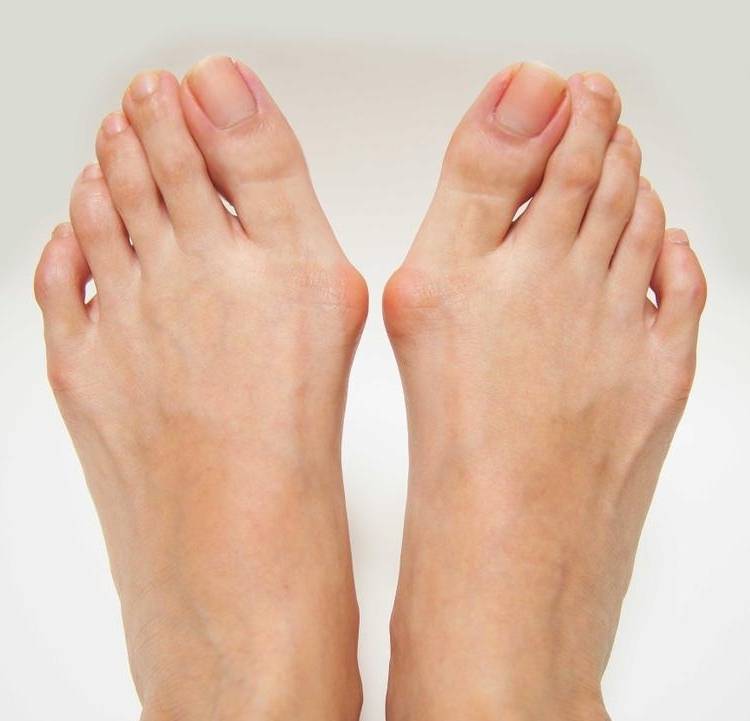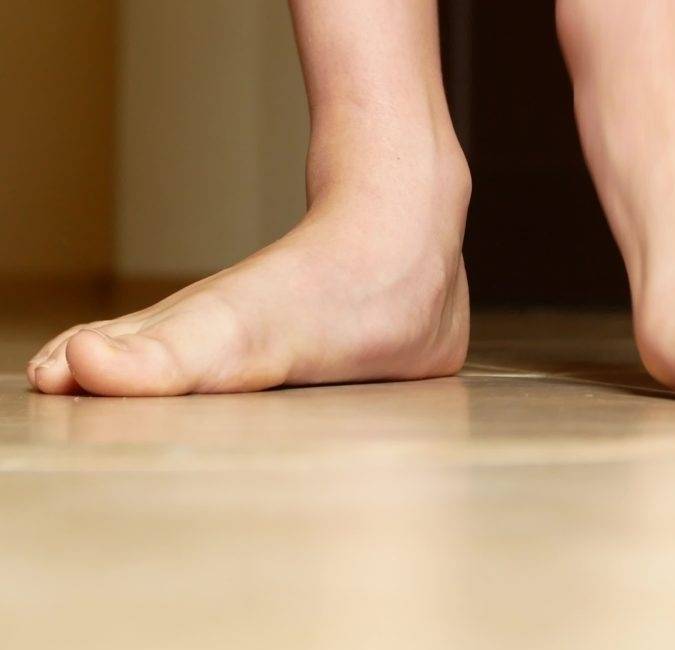What Is Morton's Neuroma?
Morton's Neuroma is a benign but painful condition that affects the ball of the foot. It's also called an intermetatarsal neuroma because it's located in the ball of the foot between your metatarsal bones.
It happens when the tissue around a nerve that leads to a toe thickens from irritation or compression. It most often occurs between the third and fourth toes, but can also occur between the second and third toes. Morton's neuroma may feel as if you are standing on a pebble in your shoe or on a fold in your sock. It most commonly occurs in middle-aged people, especially middle-aged women.

What Causes Morton's Neuroma?
Anything that causes compression or irritation of the nerve can lead to the development of Morton's Neuroma. Often caused by shoes that are too tight or that have high heels. These shoes can cause the nerves in your feet to become compressed or irritated. The irritated nerve thickens and gradually becomes more painful as a result of the pressure on it.
People with certain foot deformities—bunions, hammertoes, flatfeet, or more flexible feet—are at higher risk of developing Morton's Neuroma. Other potential causes are activities that involve repetitive irritation to the ball of the foot, such as running or racquet sports, that increase pressure on the ball of the foot. An injury or other type of trauma to the area may also lead to Morton's Neuroma.
How To Relieve Morton's Neuroma
To help relieve the pain associated with Morton's Neuroma and allow the nerve to heal, consider the following self-care tips:
- Take anti-inflammatory medications. Over-the-counter nonsteroidal anti-inflammatory medications, such as ibuprofen (Advil, Motrin IB, others) and naproxen sodium (Aleve), can reduce swelling and relieve pain.
- Try ice massage. Regular ice massage may help reduce pain. Freeze a water-filled paper cup or plastic foam cup and roll the ice over the painful site.
- Changes in footwear. Avoid high heels and tight, narrow shoes; choose a wide-toe box with lower heels and a soft sole. This enables the bones to spread out and may reduce pressure on the nerve, giving it time to heal.
- Use orthotics insoles. Custom shoe inserts and metatarsal pads/bars can be added to your shoes. These may help relieve irritation by changing the location of forces on the forefoot and separating the bones, which reduces the pressure on the neuroma.
- Take a break. For a few weeks, reduce activities such as jogging, aerobic exercise, or dancing that subject your feet to high impact.

Recommended Shoes For
Morton's Neuroma
WALKHERO offers some of the best arch-support shoes on the market. Each supportive and comfortable pair features biomechanical contour arch support and a deep cup heel. Highest-performing midsole for cushion and shock absorption, premium EVA soles for patented heel protection and dynamic flexing with each step, and Orthotic insoles for excellent arch support and all-day comfort.




